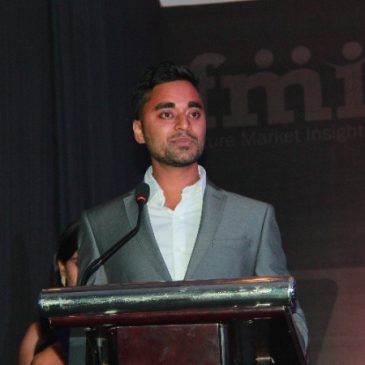Two Black Holes Merged in Spite Of Being Born So Far Apart In The Universe
At Market.us News, we strive to bring you the most accurate and up-to-date information by utilizing a variety of resources, including paid and free sources, primary research, and phone interviews. Our data is available to the public free of charge, and we encourage you to use it to inform your personal or business decisions. If you choose to republish our data on your own website, we simply ask that you provide a proper citation or link back to the respective page on Market.us News. We appreciate your support and look forward to continuing to provide valuable insights for our audience.
The signals found in data from gravitational waves observatories indicate a collision between two black holes born at different locations.
Most all space-time ripples experiment like the Laser Interferometer Gravitational-Wave Observatory, LIGO, detect black hole collisions with neutron stars, which are likely to have been close family members. They were once two stars that were born at the same time. Later, they collapsed and formed neutron stars orbiting black holes.
One newly noticed marriage of black holes, discovered in existing data of LIGO’s U.S.-based observatory and Virgo’s sister observatory in Italy, appears to be unrelated. In a paper published in Physical Review, researchers presented evidence of this. Black holes that are born simultaneously tend to have their orbits aligned. In this case, however, there is no correlation between their orbits and spins. It suggests that they were not born in the same place.
According to Princeton University physicist Seth Olsen, “this is telling us we’ve finally uncovered a pair of black holes that must originate from the not-grow-old-and-die-together route.”
Although some events in gravitational wave observations have revealed, holes merging, not all of them are perfect. However, many are close enough for it to indicate family connections strongly. Olsen, his colleagues, and others discovered this by sifting through the data of the LIGO-Virgo collaborative. This is different. One of these black holes is spinning upside down.
It is unlikely that they will meet if they are not from different places. They may have met later in their stellar lives, contrary to the black hole littermates which seem to make the bulk of gravitational waves observations. Olsen, his collaborators, and the merger between two unrelated black holes was not the only one Olsen identified. Nine other black hole mergers were also found in the previous LIGO-Virgo studies.
LIGO spokesperson Patrick Brady from the University of Wisconsin, Milwaukee, says this is the “best thing about this analysis.” He was not part of the new study but spoke on behalf of the scientific collaboration. “We deliver data in a format easily accessible to other people so that they can try out new techniques.”
Olsen’s research group reduced the analytical standard to collect many signals in data that other researchers were already examining.
Olsen claims that out of the ten new ones, only three are statistically significant and likely to have come from noise rather than conclusive black hole merger detections. Assuming that black hole mergers are not among the errant signs, it almost surely tells a story about black hole histories different from those previously seen.
Olsen states, “It would be unlikely that this could come from two black holes that had been together for their entire lifetime.” “This must be a capture. This is great, as we can finally probe the area of [blackhole] population.
Brady mentions, “we don’t fully understand the theory [of blackhole mergers] enough to be confidently predicting all of these kinds of things.” But this study may provide new and exciting opportunities in gravitational waves astronomy. He said, “Let’s follow this clue to see if that really reflects some rare thing.” “Or, if not, then we’ll discover other things.”

Anurag Sharma
He has been helping in business of varied scales, with key strategic decisions. He is a specialist in healthcare, medical devices, and life-science, and has accurately predicted the trends in the market. Anurag is a fervent traveller, and is passionate in exploring untouched places and locations. In his free time, he loves to introspect and plan ahead.
Latest from Author
- “After years of tension, Israel and Lebanon agree to historic deal”
- Ales Bialiatski, Russia’s Memorial and Ukraine’s Center for Civil Liberties win Nobel Peace Prize 2022
- We have listened : UK drops income tax cut for highest earners
- Rupee drops to 81.89 dollars
- ‘Cannibal’ Eruptions From the Sun May Possibly Disrupt GPS Systems This Week